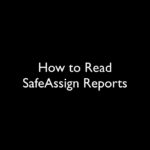Copyright Law and Free Images
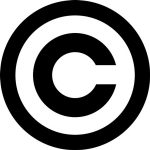
We often view copyright as a nuisance, and it may be in certain instances. But along with protecting the rights of the owners and creators of intellectual property, copyright provides for rights of users to view, distribute, modify and do other things with certain materials for a fee or free of charge, such as under Fair Use.
What is Fair Use?
Making Friends with Copyright Law
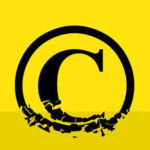
We often view copyright as a nuisance, and it may be in certain instances. But along with protecting the rights of the owners and creators of intellectual property, copyright provides for rights of users to view, distribute, modify and do other things with certain materials for a fee or free of charge (such as under Fair Use).
Fair Use guidelines start with the premise that materials are used for educational purposes, and then considers several factors to establish whether such use is warranted.
Textbooks | Video | Pictures
Images You Can Use in Your Course or Project Without Breaking the Copyright
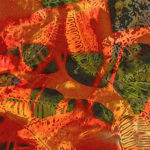
Well, we are no strangers to taking advantage of efficiencies, so we are proudly presenting someone else’s handiwork here, for you may find it hugely helpful.
This article in The Chronicle of Higher Education explains how to filter your image search results in Google Search based on rights to reuse. As some of your current courses are moving into a project work phase, you are encouraged to use other people’s digital property responsibly.*
Additionally, you can also use Creative Commons Search service, and to learn more, check out this article.
Another Safe Source of High Quality Copyright-Free Images
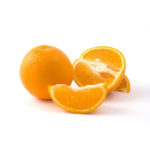
Professionalism and Etiquette: Netiquette in Online Graduate Courses

It is important to recognize that the online classroom is, in fact, a classroom, and certain behaviors are expected when you communicate with both your peers and your instructors.
Writing will be your primary means of communication in your online courses. You may be assigned videos and screencast presentation projects on occasion, but these mediums will also expect you to follow the rules of professionalism and etiquette – so it is important to know what is expected of you as a graduate-level student.
Resources for Finding Public Domain Images
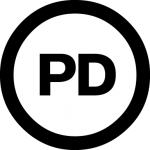
Understanding SafeAssign Reports
